Gardening catalogs and big‑box aisles are full of shiny gadgets that promise greener grass and brag‑worthy blooms, but many of them end up abandoned in the shed after one or two uses. Some tools are so niche—or so poorly designed—that they do more harm to your wallet than good to your tomatoes. That doesn’t stop us from buying them, though, because hope springs eternal every spring. If you find any of the following gizmos collecting dust in your garage, take heart—you’re definitely not alone.
1. Lawn Aerator Shoes
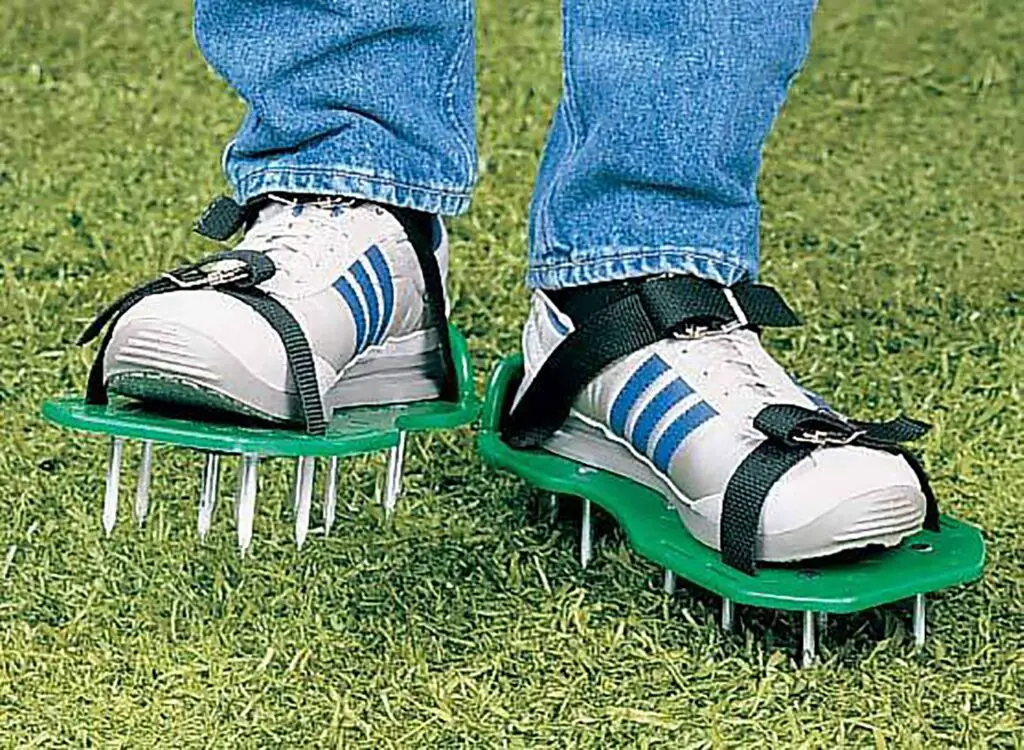
You strap them on like Frankenstein golf spikes and stomp around the yard, imagining lush turf springing up behind every step. Yet the spikes are too short to reach compacted subsoil, and the pressure of your body weight can actually squeeze soil particles tighter, reducing airflow instead of improving it. As noted by House Digest, professional landscapers recommend core aerators that pull plugs rather than push spikes, because plugs create real channels for water and nutrients. The moral: your sneakers‑with‑nails can go back in the closet next to last year’s failed fitness gear.
The shoes also demand a strangely choreographed shuffle—lift, stab, repeat—that leaves you sore but the lawn unchanged. Home tests show that most aeration happens only in the top quarter inch, which dries out quickly and offers little benefit. Meanwhile, those spikes clog with mud after a few steps, so you’re constantly scraping them clean. If you want a real workout, rent a proper machine for one afternoon and skip the spiky tap‑dance altogether.
2. Battery‑Powered Weed Whacker for Micro Yards

Cordless string trimmers are lifesavers on half‑acre lots, but they’re overkill for a patio‑sized patch or balcony planter. According to Zillow, buyers care far more about general curb appeal than about high‑tech landscape toys, so showing off a sleek trimmer won’t boost resale value either. The batteries need monthly charging even when idle, and replacement spools cost nearly as much as the tool over time. A simple hand‑held edging knife or old‑fashioned shears will trim that two‑foot boundary in less time than it takes to untangle the charger.
Owners often discover too late that their tiny yards don’t give the whacker room to spin without nicking siding or shredding flower stems. The sound can rattle neighbors on tight urban blocks, earning more scowls than compliments. Storage is another pain—many units require wall mounts and dry interiors to protect sensitive lithium cells. Instead, stash a $10 hand clipper in a drawer and enjoy the silence.
3. One‑Dollar Soil pH Tester Strips
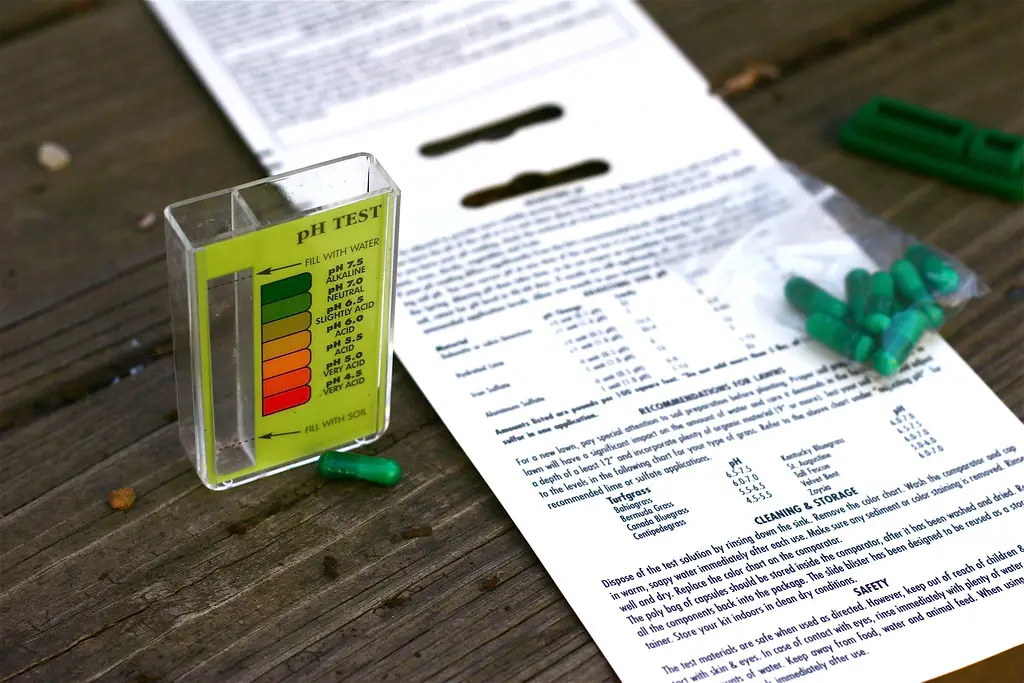
The colorful packets look scientific, but cheap litmus strips are notoriously unreliable in complex garden soils. As noted by University of Georgia Extension, laboratory comparisons have shown readings swinging by two full pH points from the same sample, enough to mislead you into dumping unnecessary amendments. Worse, the dye can smear with muddy liquids, leaving ambiguous hues that even a paint‑store expert couldn’t decode. If accuracy matters, send a sample to your local extension office and get a full nutrient profile for less than the cost of two bags of compost.
Most plants tolerate a wider pH range than these strips imply, so those tiny color charts often create problems that didn’t exist. Gardeners who chase “ideal” numbers end up throwing sulfur or lime on beds that were perfectly balanced. The result can lock up micronutrients and stunt growth—exactly the opposite of what you wanted. Skip the carnival chemistry and trust a professional test every few years instead.
4. Electric Leaf Blower/Vacuum Combo for Pocket‑Sized Plots

The idea of sucking leaves straight into a shred‑and‑bag system feels efficient, until you realize your whole yard has twelve leaves. Bob Vila notes that small‑space gardeners benefit more from a simple rake, which is quieter, cheaper, and doubles as a gentle soil‑leveler in raised beds. Combo units weigh ten pounds or more and blow dust everywhere before they vacuum anything, so you spend extra time wiping patio furniture afterward. And storing the bulky tubes in a tight shed often means leaving it outside where rain can ruin the motor.
Energy use adds insult to injury; running a 12‑amp blower for an hour consumes more electricity than your fridge over the same period. The high‑pitched roar also violates many neighborhood noise ordinances, forcing you to operate only at off‑peak times. Mulching blades dull quickly on stray twigs, leading to jams that smell like burning rubber. Grab a rake, compost the leaves, and save $150 plus your hearing.
5. Decorative Watering Globes
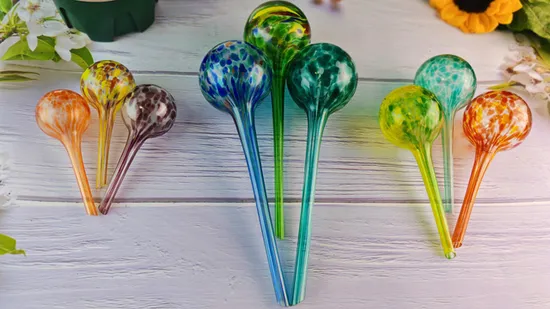
Those glass baubles promise “self‑watering” for your potted herbs, but most empty within a day, drowning roots and leaving soil bone‑dry afterward. They’re gorgeous on Instagram, yet fragile in real life—one tumble from a windowsill and you’ve got shards among the basil. Cleaning algae from the narrow neck is nearly impossible without pipe cleaners. A simple saucer and regular watering routine work better and cost pennies.
The globes also create uneven moisture pockets because water dribbles from one spot rather than soaking the whole pot. That encourages roots to circle near the spout, leading to a lopsided plant. If you truly need vacation insurance, try a capillary mat or slow‑release polymer that waters evenly. In most cases, a neighbor with a watering can is your safest bet—and less likely to break.
6. Multi‑Pattern Hose Nozzle with Fifteen Spray Modes

Mist, jet, cone, shower, fan—yet you’ll probably use only two settings. The moving dial collects grit and hard‑water deposits, seizing up just when you need it. Interior gaskets fail after a single freeze, turning the nozzle into an uncontrolled geyser. A plain brass shut‑off valve and a separate rose attachment achieve the same tasks with fewer things to break.
Those elaborate patterns can also bruise delicate seedlings if you mis‑click from mist to jet. Meanwhile, the “soaker” mode often dribbles so slowly that you waste time holding the trigger. Solid metal nozzles last decades and repair kits cost a buck. Ditch the plastic Swiss‑army‑sprayer and simplify your watering routine.
7. Garden Claw Twist Cultivator
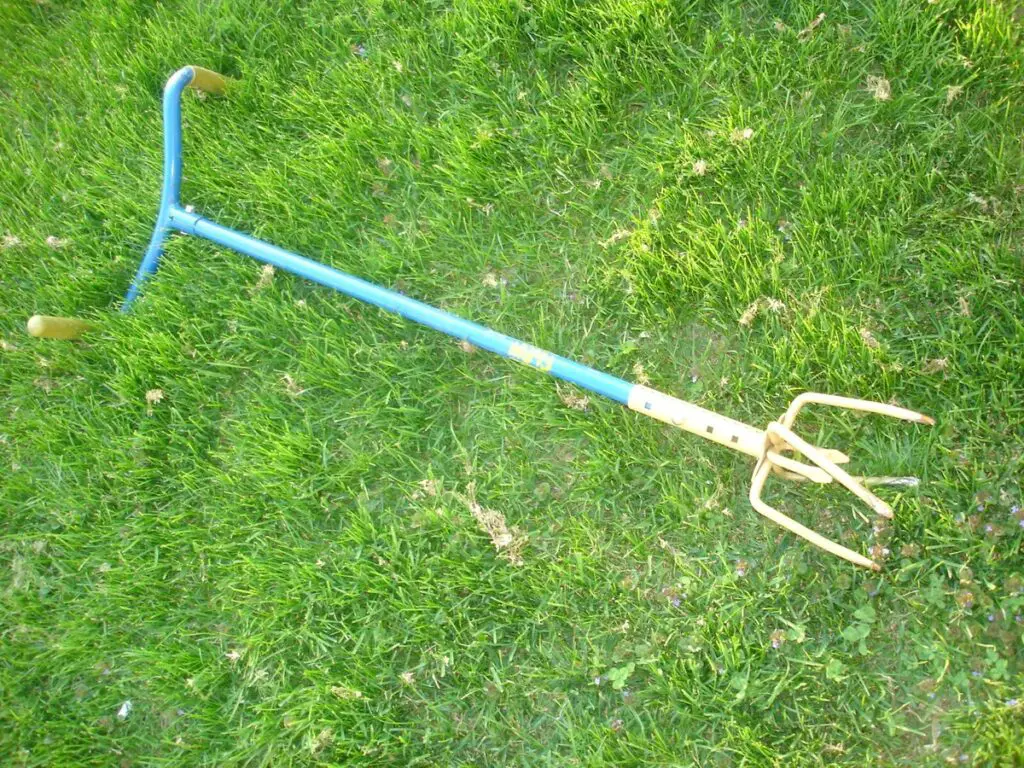
The infomercial spin‑and‑pull action looks fun until you hit real soil with rocks or roots. Twisting forces can strain wrists, and the curved tines rarely penetrate more than a few inches. Traditional forks let you lift and loosen in one motion, while hoes slice weeds without bending over as much. After a season, many claws end up rusty because the hollow shaft traps moisture.
In raised beds, the tool’s wide wings knock into frame boards, limiting usefulness to the center strip only. Short handles encourage awkward stooping, leading to backaches—ironic for a product marketed as ergonomic. Sharpening the tines is nearly impossible due to their spiral shape. Stick with a sturdy fork and thank yourself later.
8. Thermal Plant Label Printer
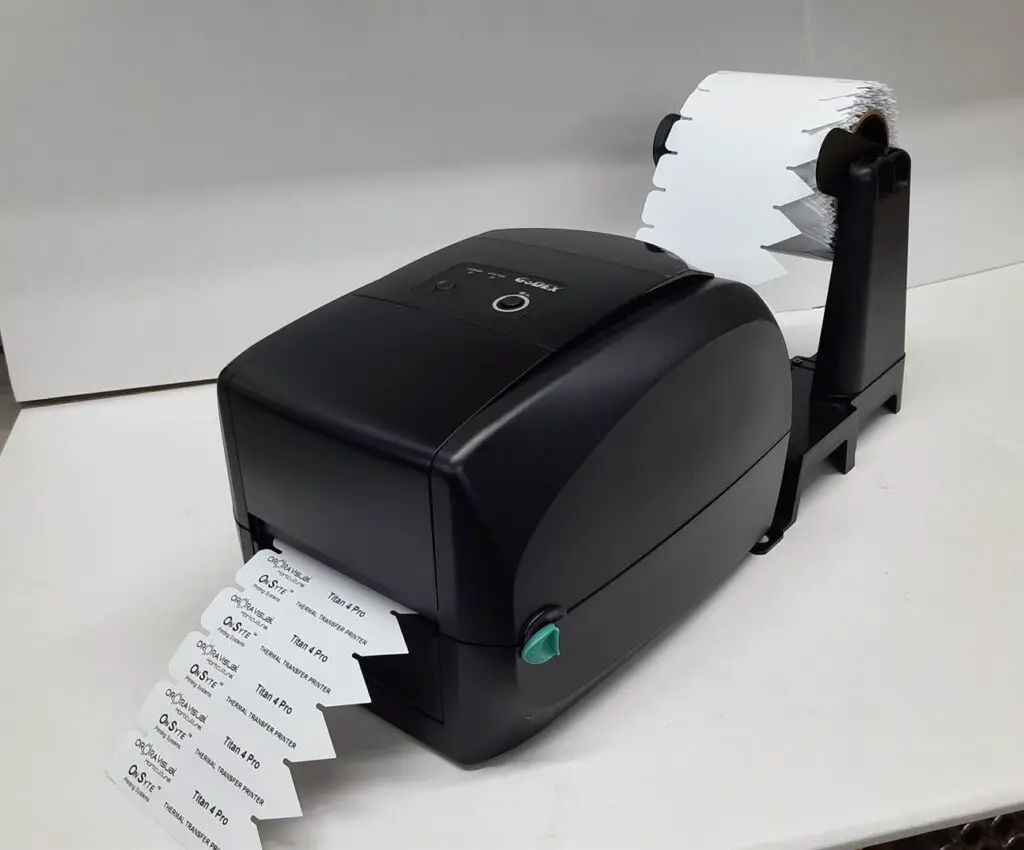
Labeling seedlings is smart, but a $70 thermal gadget for one‑inch tags is overkill. The specialized tape cartridges cost more per foot than your seed packets. Ink fades in sunlight within a season, leaving mysterious “tomato‑maybe” stakes by midsummer. A pencil on a wooden stick survives rain, sun, and accidental watering.
The printer app may also require Bluetooth pairing and firmware updates—because your cucumbers desperately need wireless connectivity, apparently. Drop the device once and the print head misaligns, producing illegible smears. Meanwhile, kids’ craft sticks or old blind slats cut into strips work just as well. Save your tech budget for smart irrigation where it actually helps.
9. Mini Garden Hatchet

Unless you’re clearing brush or splitting kindling, a hatchet has little use among marigolds and lettuce. Its short handle makes controlled cuts difficult, so one slip could sever drip lines or toe tips. Pruning saws and loppers provide cleaner cuts on woody stems with far less risk. The hatchet’s blade dulls quickly when it meets soil grit.
Storage safety is another issue—most sheaths are flimsy, and a hidden sharp edge in the tool tote is an accident waiting to happen. The weight adds unnecessary fatigue during long sessions. If you need to chop compost ingredients, garden scissors handle thin stalks just fine. Leave lumberjacking to the campsite.
10. Backpack Power Sprayer for Patio Container Gardens

A four‑gallon tank sloshing on your shoulders feels epic until you realize you have six pots to treat. Mixing that much solution wastes fertilizer or pesticide, and leftover chemicals can’t be stored once diluted. Pump pressure forces overspray onto windows and pets, violating label safety instructions. A one‑liter hand sprayer delivers precision without back strain.
The battery‑operated models weigh even more and require special chargers that vanish in garage clutter. Cleaning the internal lines after every use is tedious; skip it and residues corrode seals. Gravity alone makes the sprayer leak when hung on a hook, so you end up balancing it in a corner. A recycled spray bottle works better and tucks under the sink.
11. Solar‑Powered Weeding Robot
Yes, a tiny rover creeping between rows sounds futuristic, but sensor technology still struggles to distinguish seedlings from weeds. Units often need perfectly straight rows and freshly tilled soil—conditions that rarely last beyond week one. Replacement blades and firmware subscriptions add hidden costs that dwarf manual weeder prices. Many users report rescuing robots stuck on mulch or flipped by mole hills more often than they weed.
Solar charging limits runtime on cloudy days, so the robot parks itself just when weeds surge after rain. Wheels coated in clay track mud onto pathways, creating extra cleanup. Firmware updates promise smarter AI, but installing them requires Wi‑Fi in the garden—a stretch for many backyards. A $5 stirrup hoe beats any robot when it comes to speed, reliability, and satisfaction.
